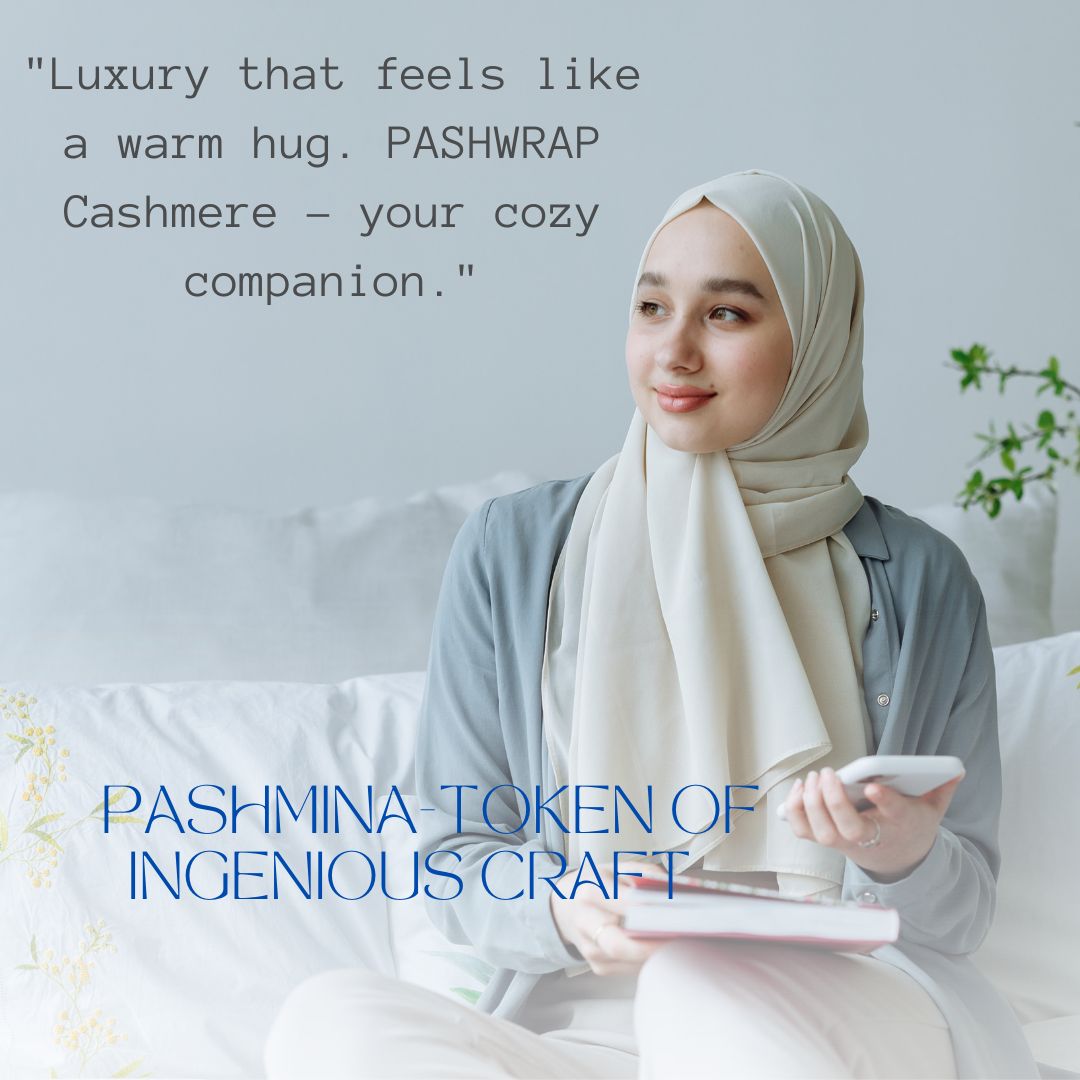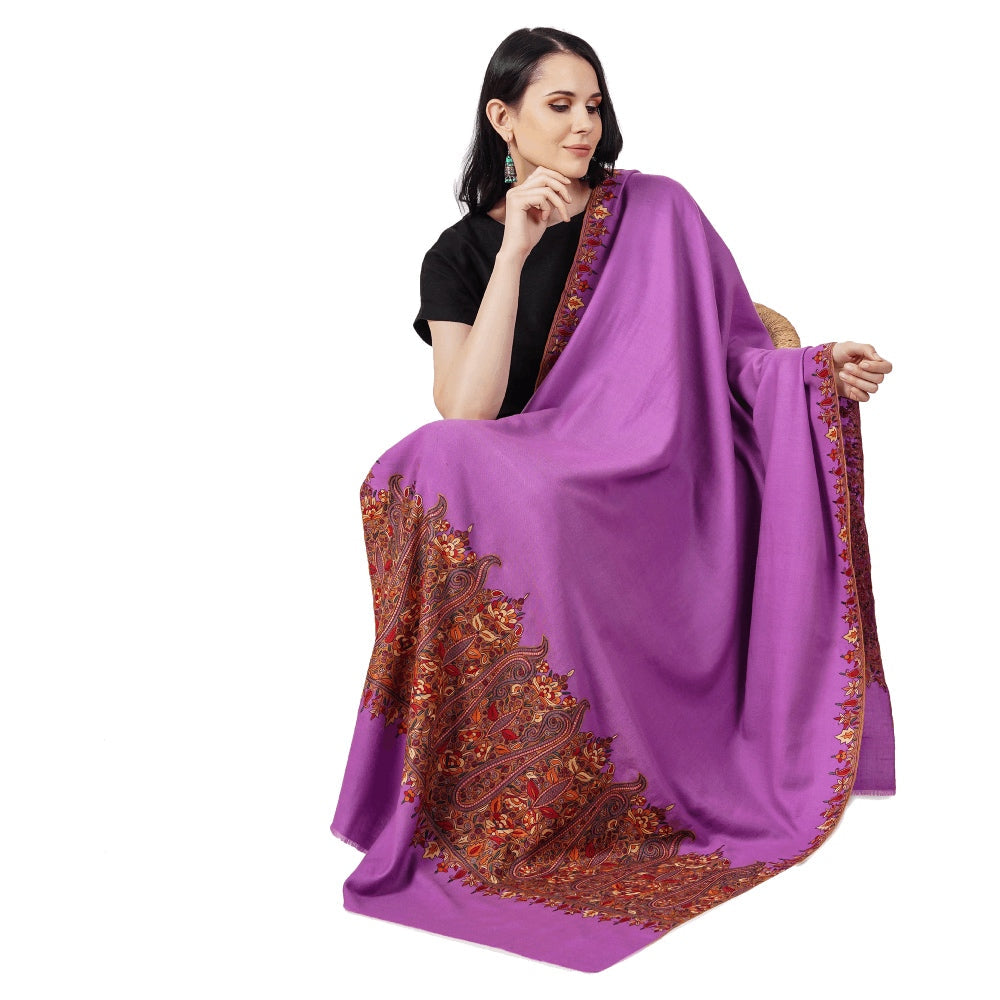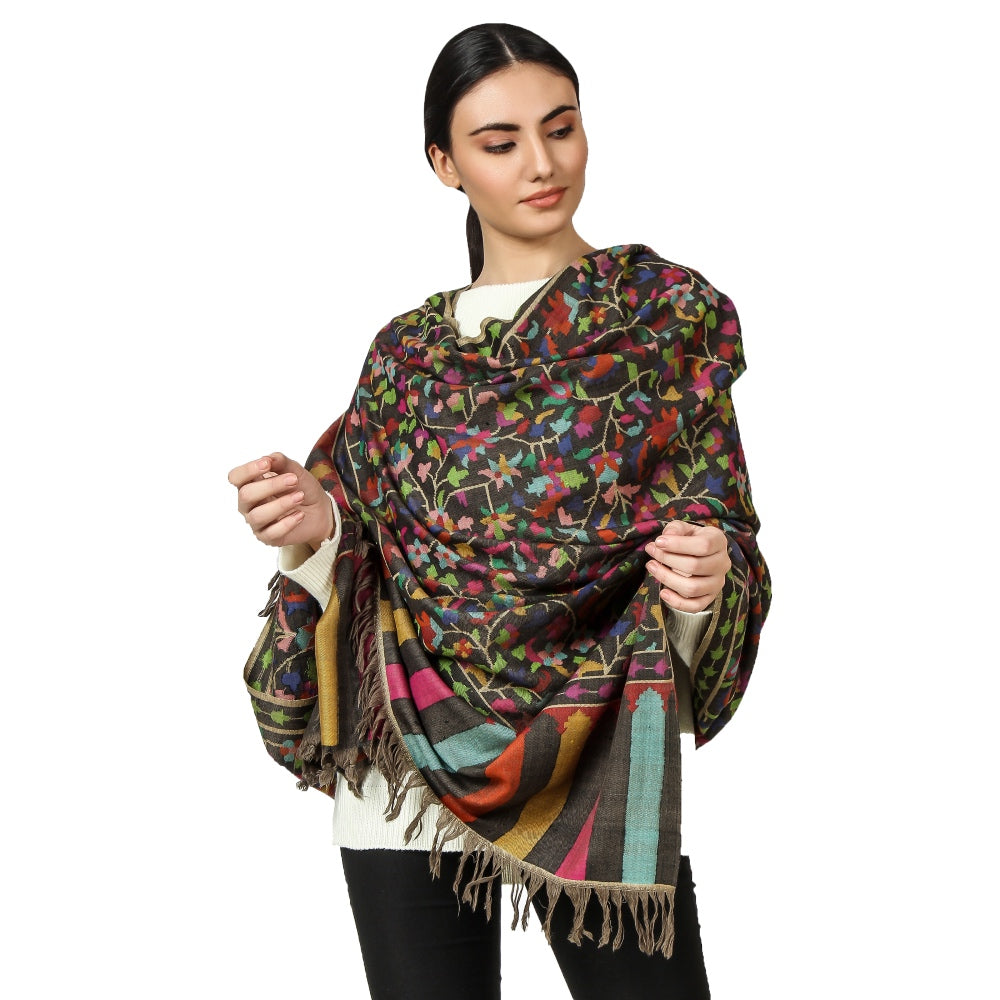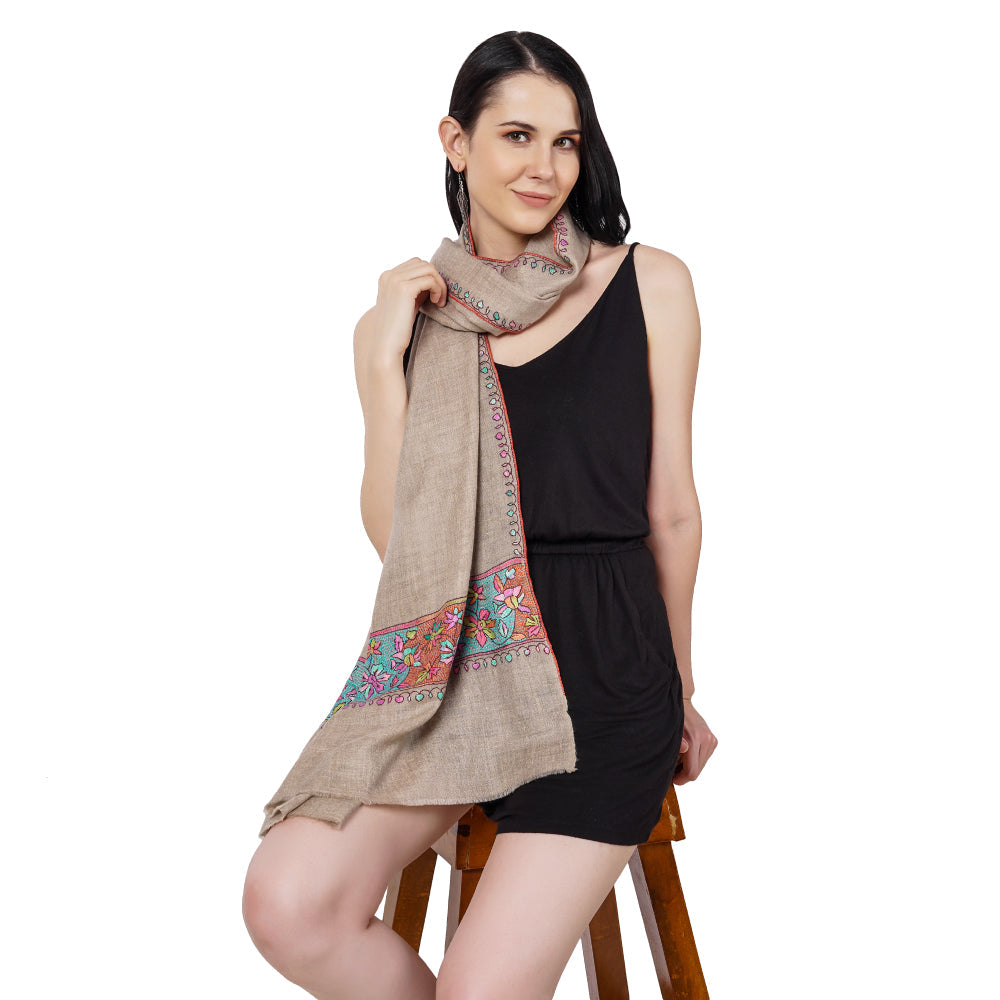
Pashmina - The Token of Ingenious Craft
Share
Introduction
The world of fashion has been forever captivated by the enchanting allure of Pashmina, a luxurious textile renowned for its supreme softness, warmth, and timeless elegance. Originating from the highlands of the Himalayas, Pashmina shawls and scarves have been cherished for centuries, not just for their unparalleled quality, but also for the incredible craftsmanship that goes into their creation. In this blog, we will delve into the world of Pashmina, exploring its history, the intricate art of Pashmina production, and the undeniable sense of inspiration it exudes.
The Origin of Pashmina
A Journey Through Time
Pashmina, also known as Cashmere, finds its roots in the Himalayan regions of India, Nepal, and Tibet. The word "Pashmina" is derived from the Persian word "pashm," which means wool. This fine wool comes from the underbelly of the Himalayan mountain goat, the Chyangra, which has adapted to the extreme cold of the region. The harsh climate and the goat's unique wool are the essential elements that contribute to the exquisite quality of Pashmina.
also read:- a detailed blog on history of scarves
The Legacy of Pashmina
Pashmina's legacy can be traced back over 600 years. It was during the Mughal era in India that Pashmina gained worldwide recognition. The Mughal emperors, particularly Akbar the Great, were known for their love of fine textiles and played a pivotal role in popularizing Pashmina shawls. These shawls were not only prized for their warmth but also for their intricate designs, often featuring flora and fauna.
The Art of Pashmina Production
Harvesting Pashmina Wool
The first step in crafting a Pashmina masterpiece is the harvesting of the raw material - the soft, downy wool from the Chyangra goat. This wool can only be collected once a year, typically in the spring when the goats naturally shed their winter coat. The process is labor-intensive, as the wool must be gently combed and separated from the coarser outer hair.

Spinning and Weaving
Once the raw wool is collected, skilled artisans engage in the intricate process of spinning and weaving. The fine fibers are hand-spun into yarn, and the weaving of Pashmina fabric is a painstaking task often performed on traditional wooden looms. These looms allow for the creation of exquisite, lightweight, and incredibly warm textiles.

Hand-Embroidery
A defining feature of many Pashmina shawls is the exquisite hand-embroidery that adorns them. This delicate work is often done by local artisans, and their designs are inspired by nature, culture, and tradition. The intricate patterns and vibrant colors make each Pashmina shawl a unique work of art.
also read:- a detailed blog on The Artistry Unveiled: The Making of an Embroidered Pashmina Shawl

The Elegance of Pashmina
Timeless Appeal
What sets Pashmina apart from other fabrics is its timeless appeal. Pashmina shawls and scarves have graced the shoulders of royalty and have been a symbol of sophistication and style for generations. Whether you're attending a formal event or adding a touch of luxury to your everyday attire, a Pashmina accessory can instantly elevate your look.
Versatility and Comfort
Pashmina is not just about aesthetics; it's also about comfort. The fine, breathable fibers of Pashmina make it suitable for all seasons. It keeps you warm in the winter and comfortable in the summer, making it a versatile accessory for any wardrobe.
The Symbol of Craftsmanship
Beyond the luxurious feel and exquisite designs, Pashmina shawls are a symbol of true craftsmanship. The dedication and artistry that go into creating each piece are a testament to the artisan's skill and passion. By owning a Pashmina, you carry a piece of this rich heritage and craftsmanship with you.
also read:- a detailed blog on the art of weaving a pashmina shawl
The Inspiration of Pashmina
Connecting with Nature
The origin of Pashmina in the rugged Himalayan terrain and the use of natural materials connect this textile to the beauty of the natural world. Pashmina shawls often feature designs inspired by the flora and fauna of the region, from delicate flowers to graceful birds. Wearing Pashmina allows you to carry a piece of this natural beauty with you, a reminder of the world's wonder.
Honoring Tradition
Pashmina embodies the spirit of tradition and artistry. It is a testament to the enduring skills of artisans who have passed down their craft through generations. Wearing a Pashmina shawl is a tribute to these talented individuals and the timeless traditions that have shaped its creation.
Elevating the Soul
There's something magical about draping yourself in a Pashmina shawl. It's not just about staying warm; it's about feeling the elegance and grace that it imparts. Pashmina has the unique ability to uplift your spirit and inspire confidence, making you feel like a work of art in motion.
also read:- a detailed blog on pashmina shawl, a sense of inspiration
Conclusion
Pashmina, with its rich history, intricate craftsmanship, and timeless elegance, is more than just a luxurious accessory. It's a token of ingenious craft, a connection to nature, and a source of inspiration. Owning a Pashmina shawl is not just a fashion statement; it's a celebration of artistry and a nod to the enduring traditions of the Himalayan region. Whether you wear it to stay warm or to make a style statement, Pashmina is a reminder of the remarkable beauty that can be woven into the fabric of our lives.
So, why not embrace the elegance and inspiration that Pashmina offers? Add a touch of this ingenious craft to your wardrobe and experience the allure of Pashmina for yourself.
If you have any questions about Pashmina or are looking for the finest Pashmina shawls and scarves, PASHWRAP is here to assist you in discovering the world of luxurious elegance that is Pashmina




